Oliver Don
Automatic Player Identification in Dota 2
Aug 27, 2020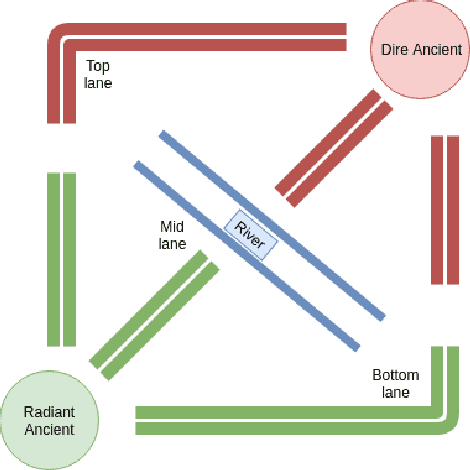
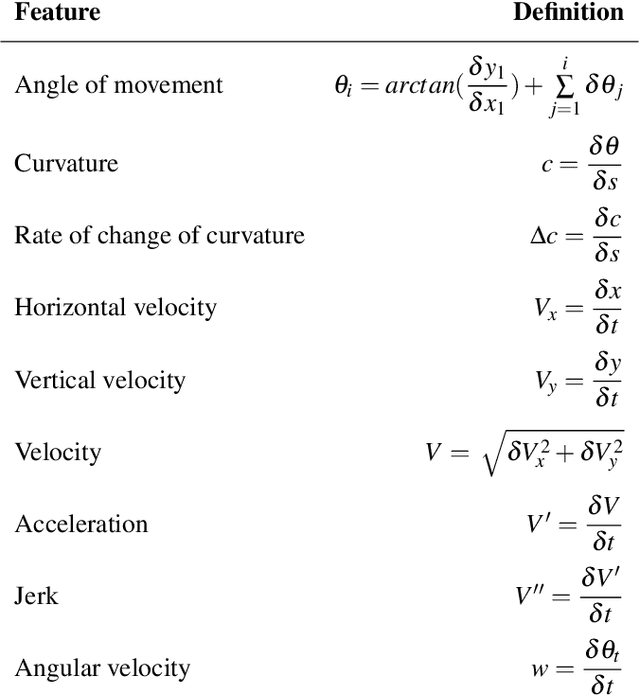
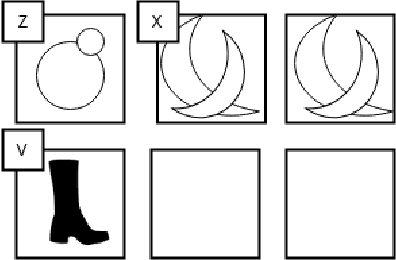
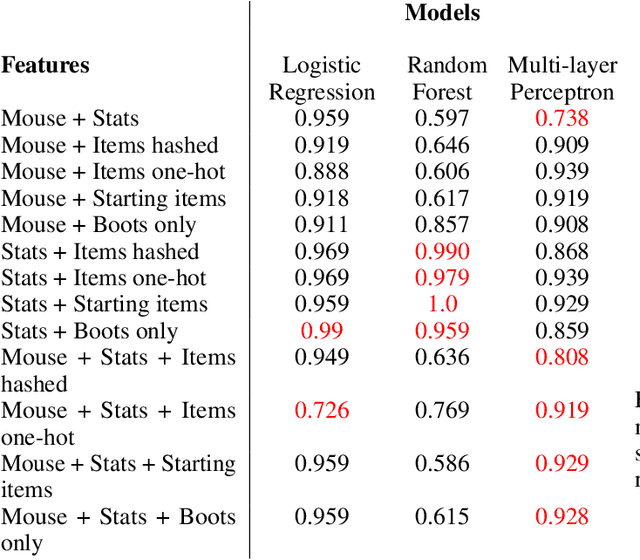
Abstract:Dota 2 is a popular, multiplayer online video game. Like many online games, players are mostly anonymous, being tied only to online accounts which can be readily obtained, sold and shared between multiple people. This makes it difficult to track or ban players who exhibit unwanted behavior online. In this paper, we present a machine learning approach to identify players based a `digital fingerprint' of how they play the game, rather than by account. We use data on mouse movements, in-game statistics and game strategy extracted from match replays and show that for best results, all of these are necessary. We are able to obtain an accuracy of prediction of 95\% for the problem of predicting if two different matches were played by the same player.
Swarm-Based Spatial Sorting
May 12, 2008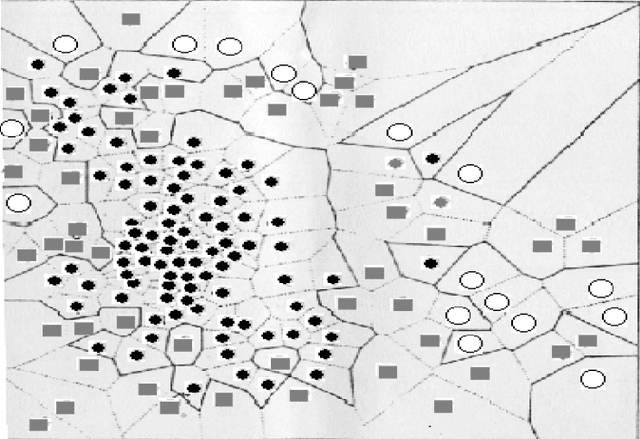
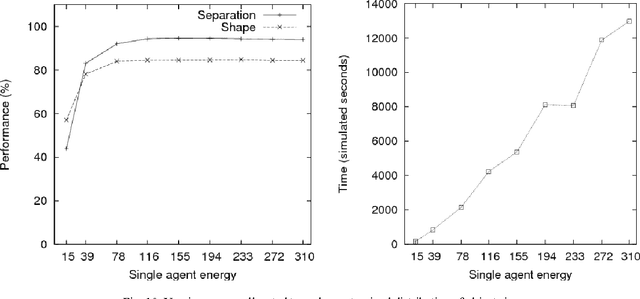
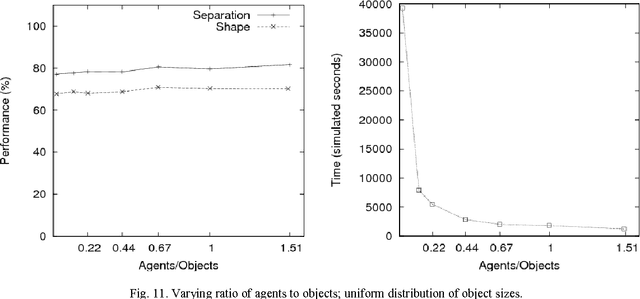
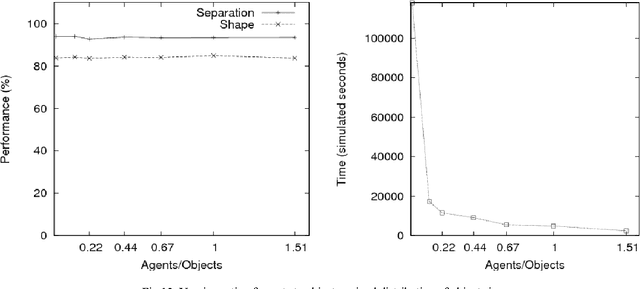
Abstract:Purpose: To present an algorithm for spatially sorting objects into an annular structure. Design/Methodology/Approach: A swarm-based model that requires only stochastic agent behaviour coupled with a pheromone-inspired "attraction-repulsion" mechanism. Findings: The algorithm consistently generates high-quality annular structures, and is particularly powerful in situations where the initial configuration of objects is similar to those observed in nature. Research limitations/implications: Experimental evidence supports previous theoretical arguments about the nature and mechanism of spatial sorting by insects. Practical implications: The algorithm may find applications in distributed robotics. Originality/value: The model offers a powerful minimal algorithmic framework, and also sheds further light on the nature of attraction-repulsion algorithms and underlying natural processes.
 Add to Chrome
Add to Chrome Add to Firefox
Add to Firefox Add to Edge
Add to Edge